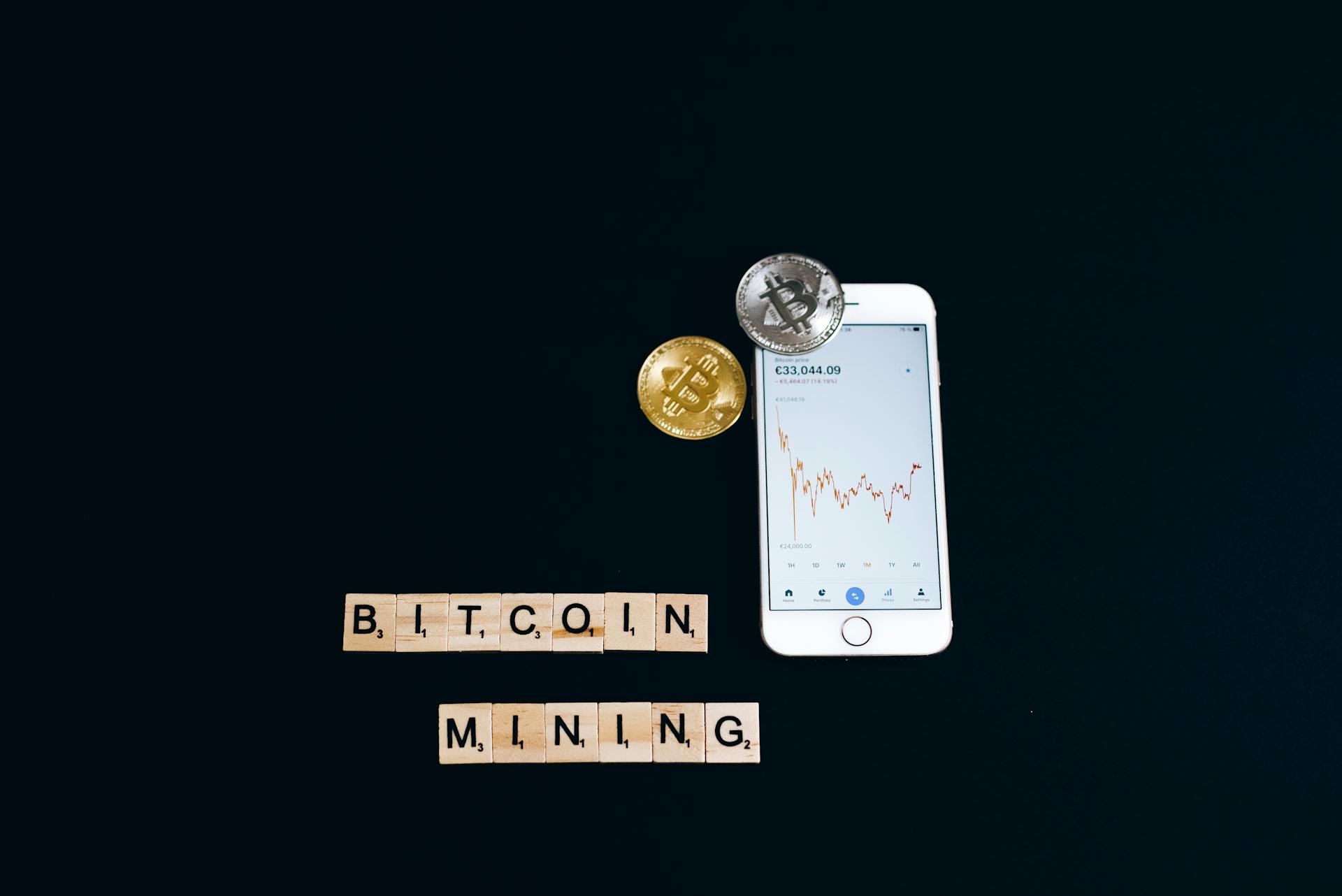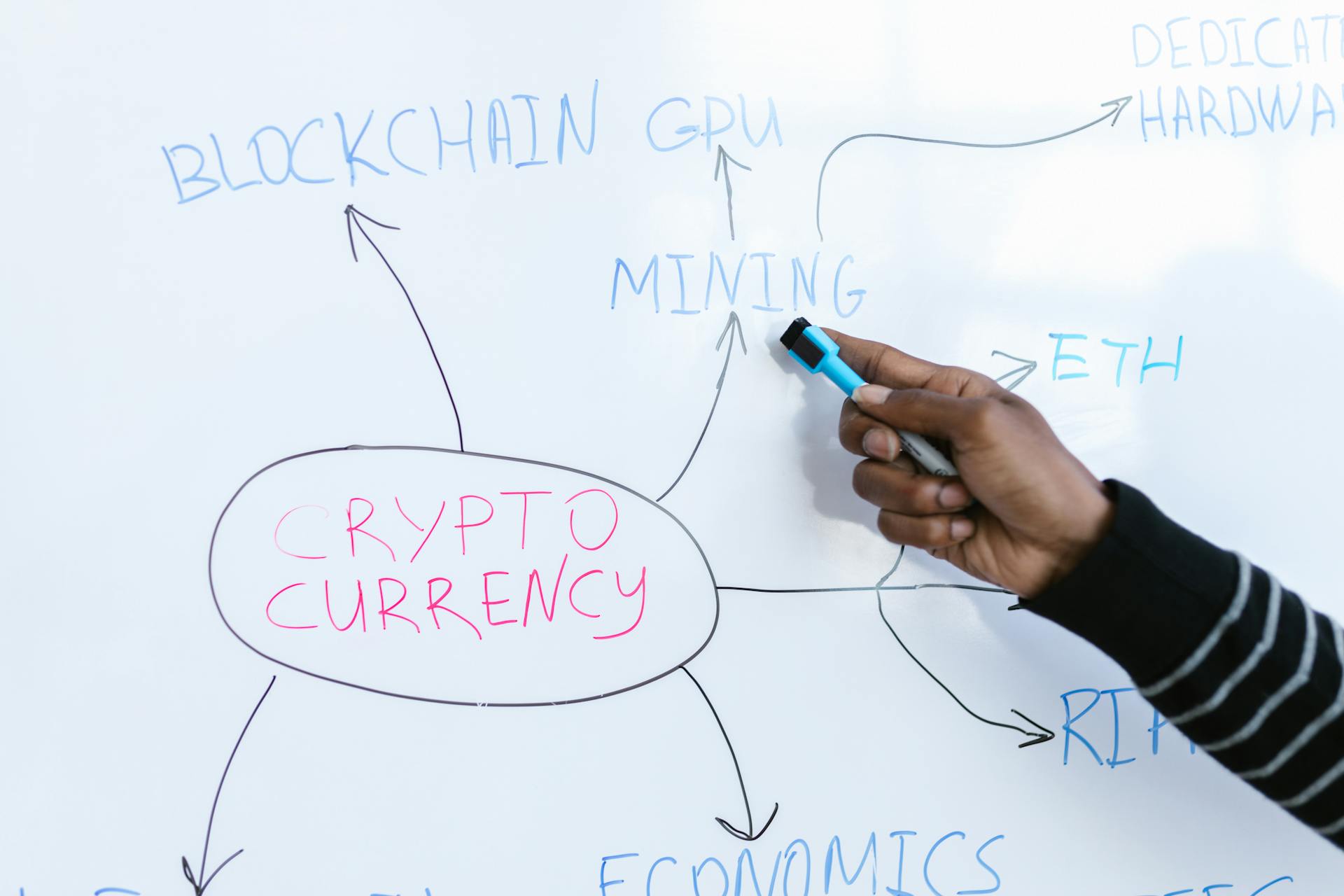
Crypto mining has become a significant aspect of the cryptocurrency world, and understanding its basics is crucial for anyone looking to get involved. The process of crypto mining involves solving complex mathematical problems to validate transactions and add them to a public ledger called the blockchain.
In 2024, the mining landscape is expected to be dominated by Proof of Work (PoW) and Proof of Stake (PoS) consensus algorithms. PoW requires miners to solve complex mathematical puzzles to validate transactions, while PoS allows validators to validate transactions based on the amount of cryptocurrency they hold.
The mining industry is also expected to see a significant increase in the use of renewable energy sources, with many mining operations transitioning to solar or wind power to reduce their carbon footprint. This shift is driven by the increasing awareness of the environmental impact of traditional fossil fuels.
As the mining industry continues to evolve, it's essential to stay informed about the latest developments and trends. By understanding the basics and future of crypto mining, you can make informed decisions about your involvement in the industry.
What Is Crypto Mining?
Crypto mining is the process through which transactions are officially added to the blockchain network.
It serves as a way to add new cryptocurrencies to the circulation supply, with Bitcoin being a prime example. Bitcoin relies on miners for securing and confirming transactions, rather than third parties.
The Bitcoin blockchain uses the Proof of Work consensus mechanism to confirm a new block of transactions, which miners must compete against each other to verify.
Miners have to solve a cryptographic puzzle to verify a mining block, with the first one to solve the puzzle winning the block reward.
The existing reward for Bitcoin mining is 6.25 BTC, worth more than $162,000 at current prices.
Crypto mining is extremely competitive, and miners with the most powerful computing resources have the best chance of earning a minting reward.
Setting up a crypto-mining machine comes with an upfront cost, and ongoing costs include the vast amounts of electricity consumed.
Recommended read: Current Bitcoin Mining Reward
Types of Mining
Mining with individual miners is still possible, but it requires specialized hardware and can take years to break even.
You can purchase miner hardware and connect to the Internet, but new cryptocurrencies with easier puzzles may be more feasible for mining with a single rig or even regular computers with a GPU.
Mining with proof-of-stake algorithms is a more efficient option, but this method is not mentioned in the article.
Some cryptocurrencies employ proof-of-work with an easier puzzle, making it possible to mine with a single mining rig or regular computers with a GPU.
Cloud Mining
Cloud mining is a way for people to rent time on a cloud mining service and pay a monthly fee.
This option is ideal for those who want to get involved in crypto mining without the need for expensive hardware or technical expertise.
People can rent time on a cloud mining service and pay a monthly fee, which is a more accessible entry point into the world of crypto mining.
Here's an interesting read: Cloud Mining
Cloud mining services typically offer a range of plans and pricing options, allowing users to choose the level of involvement that suits their needs and budget.
By renting time on a cloud mining service, individuals can tap into the collective power of a large mining operation and potentially earn a share of the profits.
Energy and Costs
Bitcoin mining consumes a huge amount of electricity, with some estimates suggesting it's comparable to the energy needs of a country like Pakistan, which has over 230 million people.
Ethereum's old consensus method, known as Ethereum 1.0, also had a significant energy footprint, although it's now been replaced with a more energy-efficient approach, Ethereum 2.0.
Bitcoin mining's energy consumption is a major concern, and it's worth noting that it's not the only issue related to energy in the crypto space, as crypto minting has its own set of energy-related challenges.
The contrast between Bitcoin mining and crypto minting is stark, with the latter often being associated with malware, such as crypto mining malware, and other security risks.
A unique perspective: Mining Ethereum
Bitcoin and Mining
Bitcoin has a fixed supply of 21 million, making it a scarce and valuable resource, often referred to as digital gold. This scarcity is similar to gold, which is also a finite resource.
The current supply of Bitcoin in circulation is around 18.2 million, with the remaining 2.8 million yet to be mined. New Bitcoin enters circulation through a process called mining, which is designed to mimic the difficulty of extracting gold from the earth.
The amount of new Bitcoin coming into the system is decreasing by half roughly every 4 years, with the reward shrinking from 50 Bitcoin in 2009 to 6.25 Bitcoin in 2020. This deflationary model is intended to mimic the scarcity of gold.
The last Bitcoin is expected to come into circulation around the year 2144, marking the end of the Bitcoin mining process.
You might enjoy: Bitcoin Gold Mining
Bitcoin as Digital Gold
Bitcoin is often referred to as digital gold, and for good reason. It has a supply of 21 million Bitcoin, which is fixed and will never be more than that.
The scarcity of Bitcoin makes it valuable, similar to gold. In fact, as of the time of writing, about 18.2 million of the possible 21 million Bitcoin are currently in circulation.
New Bitcoin enters circulation through a process called mining, just like gold is mined from the earth. This process makes Bitcoin even more scarce over time.
As gold becomes harder to mine, so does Bitcoin. The difficulty of mining Bitcoin increases over time, requiring more energy to bring locked Bitcoin into circulation.
Bitcoin's Limit
Bitcoin has a fixed supply of 21 million units, which is a key factor in its value and scarcity. This finite limit is designed to mimic the scarcity of gold, making it a valuable digital asset.
The supply of new Bitcoin is decreasing by half roughly every 4 years, which is achieved through a process called halving. This means that the amount of new Bitcoin generated and awarded to miners decreases over time.
The first Bitcoin halving event occurred in 2012, when the reward for mining a block was reduced from 50 to 25 Bitcoin. The next halving event occurred in 2016, when the reward was reduced to 12.5 Bitcoin. The most recent halving event occurred in 2020, when the reward was reduced to 6.25 Bitcoin.
Here's a list of the Bitcoin reward reductions over the years:
The last Bitcoin is expected to come into circulation around the year 2144, when the halving process will have reduced the reward to zero.
Frequently Asked Questions
How many Bitcoins are left to mine in 2024?
As of December 2024, approximately 1,081,932 Bitcoins remain to be mined out of a total supply of 21 million. This represents about 5.5% of the total Bitcoin supply still waiting to be discovered.
Sources
- https://www.hklaw.com/en/insights/publications/2024/03/bitcoin-halving-event-is-expected-to-impact-related-mining-industry
- https://www.pcmag.com/encyclopedia/term/crypto-mining
- https://www.cryptovantage.com/guides/cryptocurrency-mining-101/
- https://101blockchains.com/cryptocurrency-mining-explained/
- https://rural.as.cornell.edu/news/panelists-examine-crypto-mining-impacts
Featured Images: pexels.com


